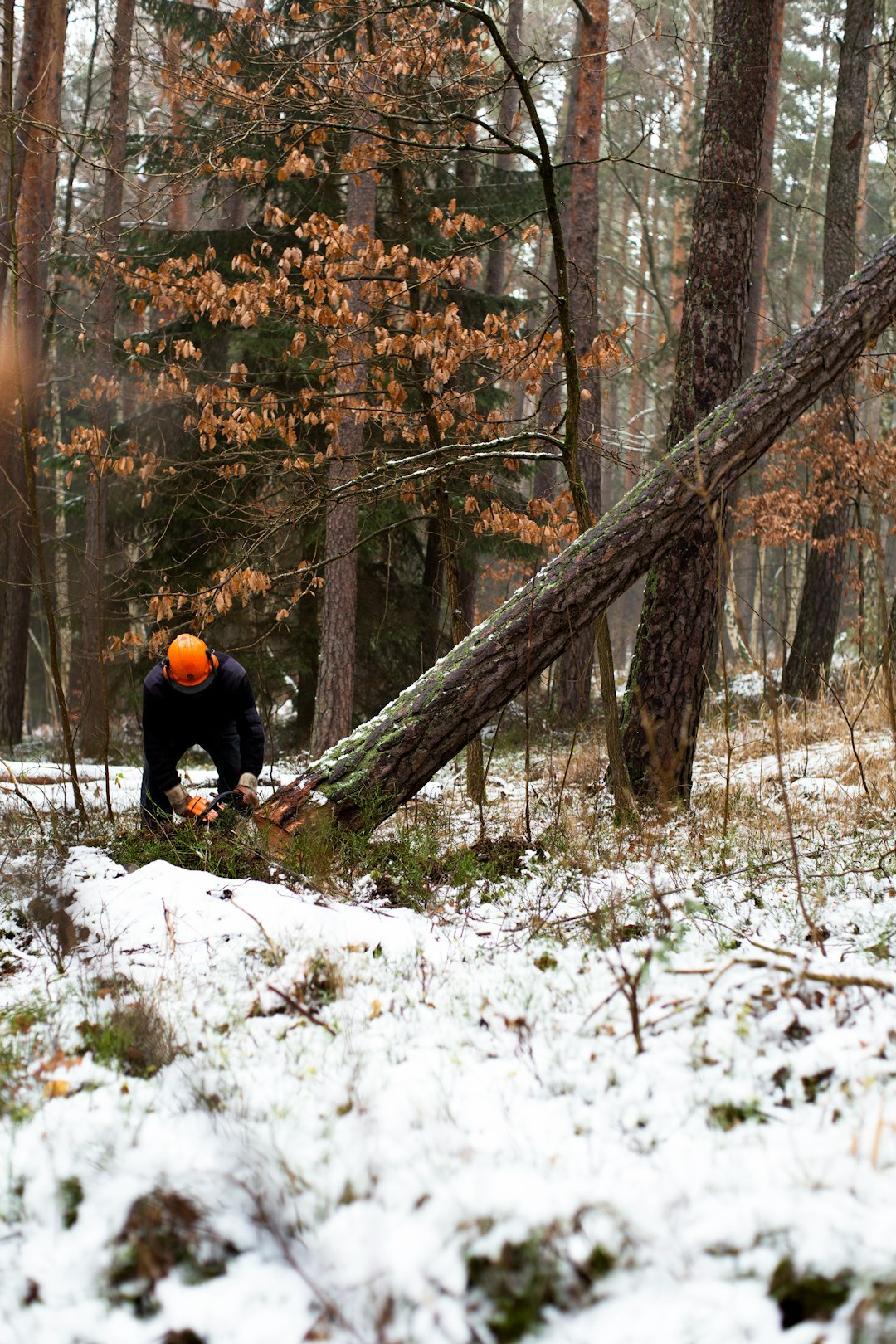Forestry and Logging Worker Kaimahi Waonui/Tope Rākau
Forestry and logging workers plant, maintain, measure, cut and clear trees from forests.
Forestry and logging workers may do some or all of the following:
- prepare and maintain the ground surrounding trees
- plant, prune and thin trees
- monitor and measure the growth of trees
- gather aerial data about a tree crop
- select and cut down trees
- use harvesting machinery to drag logs from the bush and remove branches from logs
- operate loaders to move logs into stacks or to load trucks
- assess log quality, and cut to size
- measure and grade logs
- maintain and repair chainsaws and equipment.
Physical Requirements
Forestry and logging workers need to be reasonably fit, healthy and strong as they need to move and set up equipment on logging sites. They also need to have quick reactions, good hand-eye co-ordination and a good level of stamina.
Useful Experience
Useful experience for forestry and logging workers includes:
- timber mill work
- work as a volunteer firefighter
- experience driving heavy vehicles
- farm work.
Personal Qualities
Forestry and logging workers need to be:
- practical
- motivated and hard-working
- safety-conscious
- able to make good judgements
- able to work well under pressure
- able to work as part of a team.
Skills
Forestry and logging workers need to have:
- knowledge of tree and timber types
- knowledge of tree pruning, felling, cutting and trimming methods
- knowledge of health and safety requirements in the forest, including first aid skills
- skill in operating machines and using technology such as drones
- chainsaw operation skills
- mechanical skills
- heavy vehicle handling skills
- firefighting skills.
Conditions
Forestry and logging workers:
- usually work from 6am to 4pm week days, and may work on Saturdays
- work in forests, bush and scrubland in rural or isolated areas, and may have to travel up to an hour to their workplaces
- work in all weather conditions, and their working environment may be hazardous and noisy.
Subject Recommendations
There are no specific secondary education requirements to become a forestry and logging worker. However, agriculture and horticulture, construction and mechanical technologies, and maths and English are useful.
Related Courses
Forestry and Logging Workers can earn around $48K-$65K per year.
Pay for forestry and logging workers varies depending on experience.
- Entry-level forestry and logging workers usually earn $48,000 or more a year.
- Those working towards qualifications usually earn between $48,000 and $65,000.
- Forestry and logging workers qualified in an area of logging, such as tree felling or machine operating to Level 3, usually earn between $65,000 and $75,000.
- Crew managers and specialised operators may earn between $100,000 and $120,000.
Forestry silviculture workers are usually paid on a piece-rate basis – for example, when pruning they are paid a set amount for every tree they prune.
Source: Forestry Careers NZ, 2020.
Forestry and logging workers can progress to manage their own crew and become forestry contractors.
Forestry and logging workers usually specialise in one of three areas of forestry:
- Forest Mensuration Worker
- Forest mensuration workers may either measure standing trees to work out their size and value, or measure logs in the forest, at wharves or sawmills, to ensure that the logs meet clients' needs.
- Forestry Harvesting Worker
- Forestry harvesting workers cut and clear trees from forests.
- Forestry Silviculture Worker
- Forestry silviculture workers plant, prune, thin and release trees in a forest.
Years Of Training
>1 year of training usually required.There are no specific requirements to become a forestry and logging worker.
However, you can complete a New Zealand Certificate in Forestry Operations (Level 3) while working. This can be done as part of an apprenticeship.

 New Plymouth Boys’ High School
New Plymouth Boys’ High School